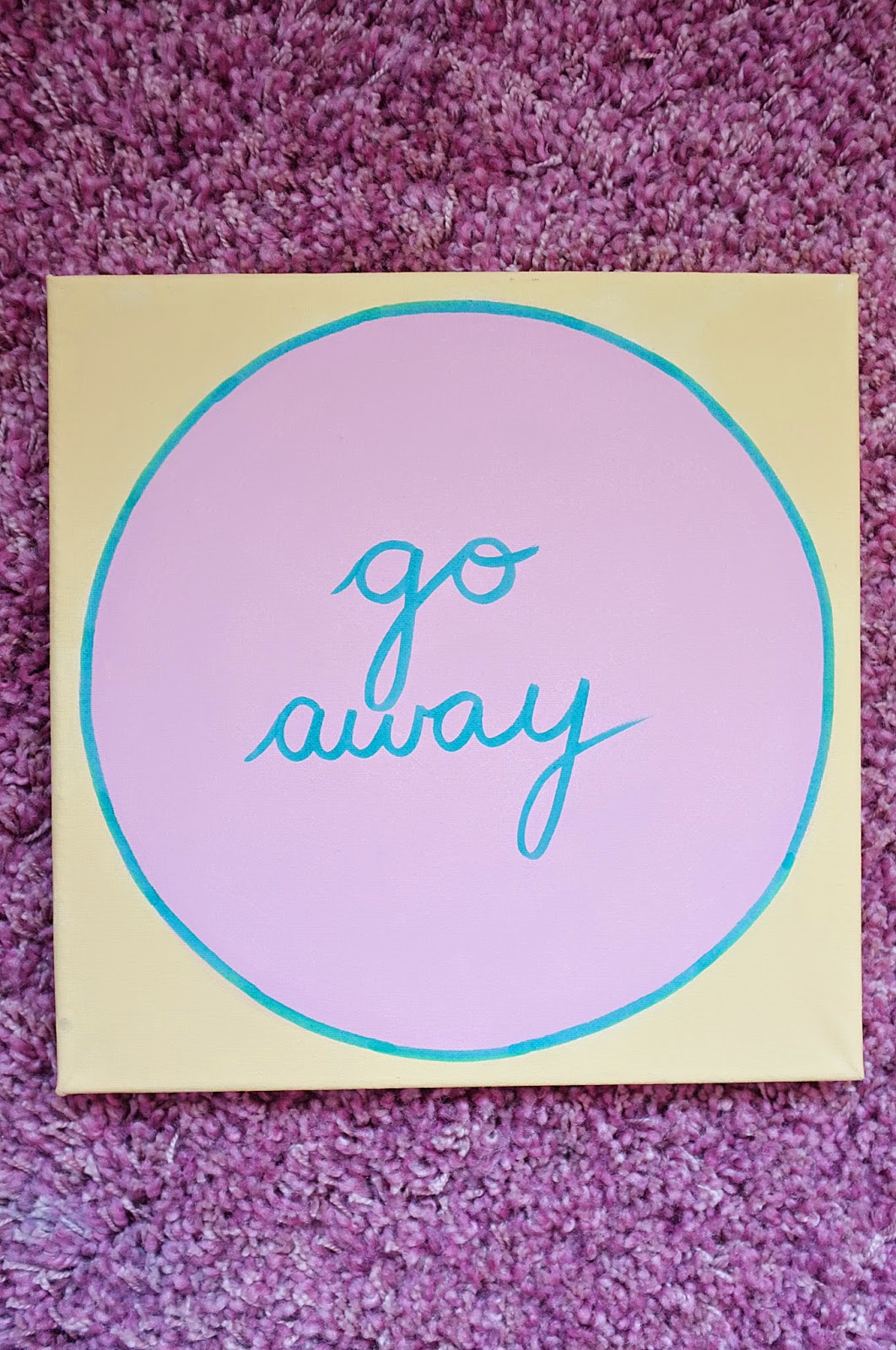"Your body is a battleground"
"You are not yourself"
"Not stupid enough"
Kruger's use of celebrities in her work is something I find interesting, as often audiences are far more likely to pay attention to a familiar face. Her use of bold colour, type and wording engages the viewer immediately:
"Much of her text questions the viewer about feminism, consumerism, and individual autonomy and desire, although her black-and-white images are culled from the mainstream magazines that sell the very ideas she is disputing.
Kruger juxtaposes her imagery and text containing criticism of sexism and the circulation of power within cultures is a recurring motif in Kruger's work. The text in her works of the 1980s includes such phrases as "Your comfort is my silence" (1981), "You invest in the divinity of the masterpiece" (1982), and "I shop therefore I am" (1987). She has said that "I work with pictures and words because they have the ability to determine who we are and who we aren’t." A larger category that threads through her work is the appropriation and alteration of existing images. The importance of appropriation art in contemporary culture lay in its ability to play with preponderant imagistic and textual conventions: to mash up meanings and create new ones. Her poster for the 1989 Women's March on Washington in support of legal abortion included a woman's face bisected into positive and negative photographic reproductions, accompanied by the text "Your Body is a battleground."
Addressing issues of language and sign, Kruger has often been grouped with such feminist postmodern artists which she was interleaved by Jenny Holzer. Like Holzer, she uses the techniques of mass communication and advertising to explore gender and identity."

















